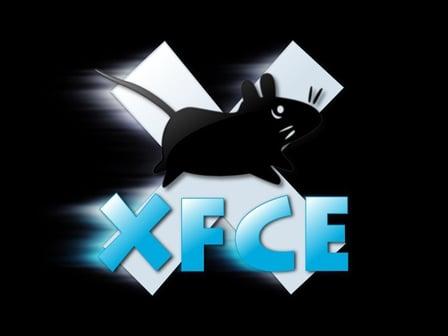MOOC List is learner-supported. When you buy through links on our site, we may earn an affiliate commission.

MOOC List is learner-supported. When you buy through links on our site, we may earn an affiliate commission.
With this class I offer an alternative. I show you how to install a Linux distribution on a USB drive. This is what we call a "Live Installation". Most Live installation are used for rescue and recovery. In most case the installation looses all modification you make to it through a reboot. If you install programs or create document, they will not be present when you reboot. In this class, we create a "Persistent Live Installation", which means that modification inside that operating system will persist across reboot.
To complete this class you need to have a Windows computer running and a USB Drive (Minimum 8GB).
We proceed as follow:
1. Introduction
A couple of minutes to go over a few details before we start.
2. Download Xubuntu & Unetbootin
We need to download our Linux distribution
Xubuntu is a variance of Ubuntu. Instead of running Gnome as a graphical interface, it runs XFCE4 which is lighter and will be more efficient.
Next we need a program to install the Xubuntu ISO to a usb drive
3. Install on Usb Stick
Now that we have our programs and iso, time to install it on the USB drive.
4. What comes next
Your computer usually starts without you needing to perform much if any task. But a boot process is a complex multi-stage procedure. And we will need to modify that procedure to allow you to boot from your Linux instead of Windows when you want to. The computer also need to boot normally if no action is taken on your part.
To do this we have to enter the BIOS and check some settings, maybe change some too. Always take notes of the changes you apply to ensure you can revert them if needed.
After the BIOS is setup properly, we test to ensure your computer starts normally if we do not interrupt it. Once that has been confirmed, we attempt to boot Linux.
Unfortunately not every computer works the exact same way. Google can be your friend here, it could prove very useful to first search your computer's make and model with "Boot from Usb".
5. Enter the BIOS
Here we walk together into my computer's bios. All bios are somewhat similar, but there is always difference.
6. Boot into USB
Here we attempt to boot into our Usb's boot process. This does not gets us into Linux yet, but we need to take this 1 stage at a time.
7. Gnu Boot
In this example you see one possible scenario that results in booting our Linux. If this is your scenario you are close to being done.
8. Fix Gnu Boot Persistent
In the scenario above, the GNU Boot does not have the persistent option setup. This video will teach you how to fix that.
9. Unetbootin Boot
In this example you see another possible scenario that results in booting our Linux. If this is your scenario you are close to being done.
10. Conclusion
You made it! One little detail, usually a Live installation does not keep changes across reboots, therefore applying updates are pointless. In this case, I highly recommends installing the updates.
11. In this post-conclusion video I show how to fix the persistent boot as I mentioned in GnuBoot Video.
You will install Xubuntu on a usb drive. This drive will be able to boot and will give you a Linux installation to learn from and play with without making any changes to your everyday computer.
MOOC List is learner-supported. When you buy through links on our site, we may earn an affiliate commission.
MOOC List is learner-supported. When you buy through links on our site, we may earn an affiliate commission.
